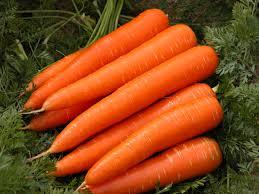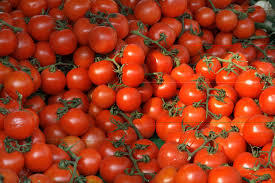

Smooth Gherkins Pickle CUCUMBER AND DRUMS CUCUMBER 3-9 CM
Product Details:
X
Product Description
Gherkins are traditionally served cold, as cooked gherkins lose their intense flavor rapidly. Pickled gherkins are served to accompany other foods, often in sandwiches. They are historically associated with Central European and, occasionally, Eastern European cuisine, but are now found more widely. Sometimes also called a cornichon (the French word for gherkin), they have historically also been called horned cucumbers, true gherkin has palmately lobed leaves with toothed edges, small flowers, and furrowed, prickly fruits about five centimeters (two inches) long that are borne on crooked stalks. Although its fruit is also pickled, the plant is frequently grown only as a curiosity. Gherkins are grown only in South India Where the ideal soil type and the desirable temperatures of not less than 15 degrees Centigrade and not more than 35 degrees Centigrade are found mainly in Karnataka ,Tamil Nadu and Andhra Pradesh states of South India. These conditions which are prevalent throughout the year, render this region ideal to take up three crops of gherkins annually.
PACKING
LOADABILITY
1x20 feet container can loadable 20MT
AVAILABLE SIZES
Fruit Count based on Per Kg. 5/10, 10/20, 20/30, 30/40, 40/60, 60/120, 120/160, 160/300, and 300+
PORT OF LOADING & SUPPLY CAPACITY
TUTICORIN PORT& WEEKLY 5 X20FEET COTAINERS CAN BE LOADABLE
Health benefits:
Low in Saturated Fat, and Cholesterol
High in Vitamin K and Vitamin A but also high in Sodium
Preserved in
Natural Vinegar
Brine
Acetic Acid
PACKING
- Gherkins in Acetic acid in 220, 240, 260 In food grade, HDPE Barrels
- Gherkins in Natural Vinegar in 220, 240, 260 In food grade, HDPE Barrels
- Gherkins in Brine in 220, 240, 260 In food grade, HDPE Barrels
- Available in Tin, Cans, Barrels and Bottle Jars.
LOADABILITY
1x20 feet container can loadable 20MT
AVAILABLE SIZES
Fruit Count based on Per Kg. 5/10, 10/20, 20/30, 30/40, 40/60, 60/120, 120/160, 160/300, and 300+
PORT OF LOADING & SUPPLY CAPACITY
TUTICORIN PORT& WEEKLY 5 X20FEET COTAINERS CAN BE LOADABLE
Health benefits:
Low in Saturated Fat, and Cholesterol
High in Vitamin K and Vitamin A but also high in Sodium
Preserved in
Natural Vinegar
Brine
Acetic Acid
Tell us about your requirement

Price:
Quantity
Select Unit
- 50
- 100
- 200
- 250
- 500
- 1000+
Additional detail
Mobile number
Email
 English
English Spanish
Spanish French
French German
German Italian
Italian Chinese (Simplified)
Chinese (Simplified) Japanese
Japanese Korean
Korean Arabic
Arabic Portuguese
Portuguese





 Call Me Free
Call Me Free
